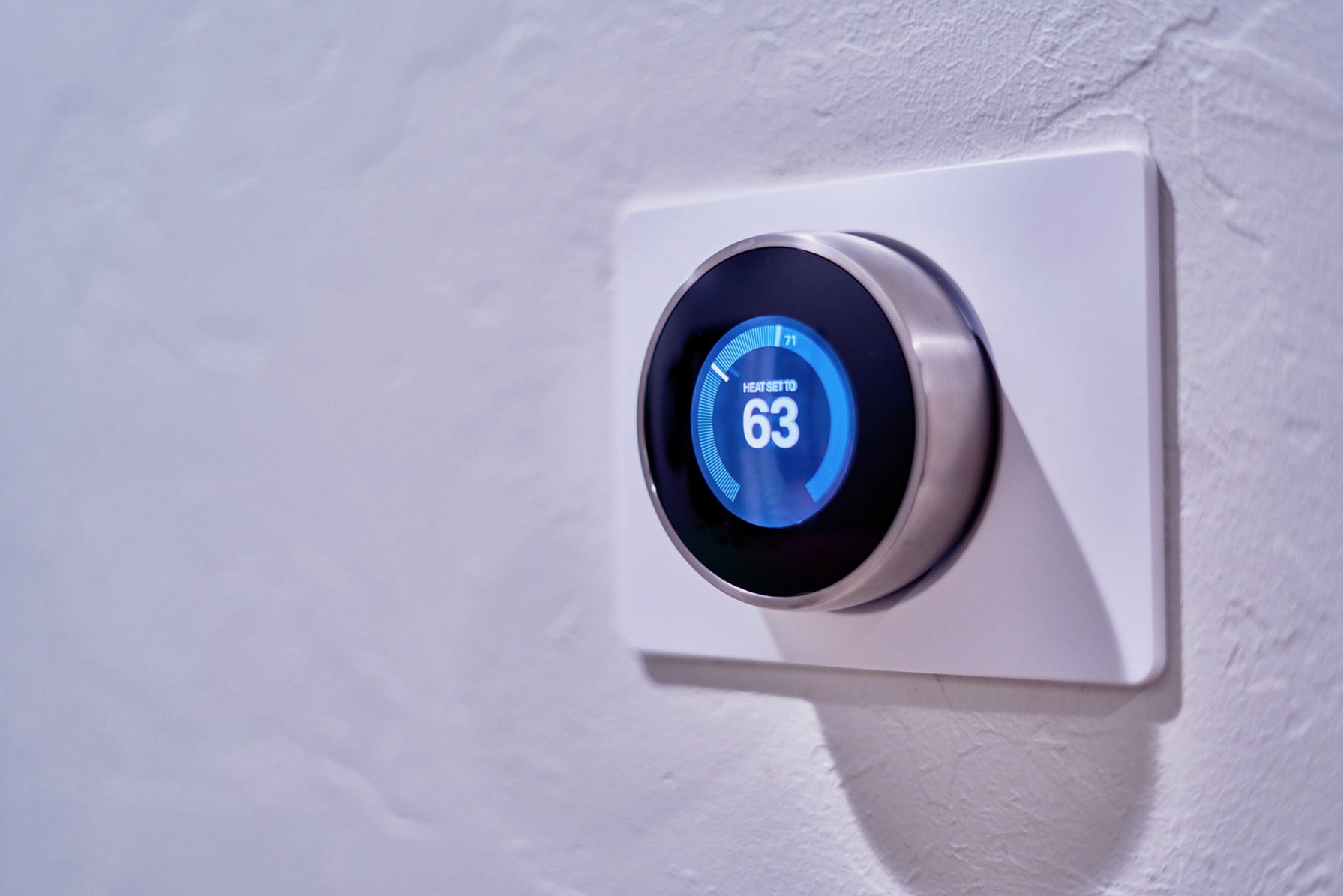1 July, 2019
Device Assessment and the Sweet Spot of Seamlessness

Article By
Michael Teglgaard Nielsen, Director of Science, Flowtale
Imagine you’re driving home in your car, listening to your favourite song streaming from Spotify on your phone. You pull up, the music stops, you get out of your car and the doors lock automatically. You walk up to your front door, it unlocks itself and as you walk towards your kitchen, the lights switch on simultaneously leading the way. You speak the command ‘coffee please’ and your espresso machine grinds to the tune of your favourite song which is now playing on the speaker in your kitchen.
During that 15 second moment in time, countless sensors, machines and systems delivered you a seamless ‘smart home’ experience via what’s known as ‘internet of things’ (IoT). But behind the scenes, not all the software and hardware in your smart home was created equal or by the same manufacturer. Some hardware might be more mature than other hardware, creating the need for patches and workarounds. Parts of the software driving your devices aren’t talking to each other and the failure of a single device could break your IoT ecosystem or an ecosystem inside that ecosystem.
Sound complex? Now imagine that scenario in a smart airport, and again when we think about smart cities. A lot of research and investment has gone into looking at connectivity, devices and solutions for more than 10 years, in the search for the IoT ‘sweet spot.’ But the complexity of these systems has created roadblocks preventing even big players like Google and Amazon from figuring out a way of ‘dumbing down’ IoT in a way that is scalable.
All Devices Aren’t Created Equal
‘Internet of things’ is basically a buzzword for an ecosystem of mechanical and digital devices (things), transferring data over a digital network (internet) to deliver a seamless human experience. The critical role devices play in these ecosystems is too often underestimated.
Flowtale’s approach to minimizing the risk of devices bringing down IoT ecosystems is by following a thorough device assessment methodology; the Flowtale Device Assessment Model™. So while many IoT specialists spend a lot of their clients’ time (and money) stitching together systems of systems that were originally designed as vertical solutions, we believe that the ultimate value for bigger players is with a more pragmatic, ‘horizontal’ integration approach.
In practice, this means that devices that passed the Flowtale Device Assessment Model have key integration points in common and are maintained in catalogue of devices that are strong, reliable and regularly assessed across the entire value chain. When it comes to hardware, this includes (but is not limited to), the engineering of individual tools and devices, the speed of the supply chain, and the business relationship with the supplier. When it comes to software, we use platforms we know and trust having worked with them intensely for many years.
By stitching together all these elements, we can create smaller and more robust ecosystems inside the macro ecosystem of an airport, for example. The Flowtale methodology also allows us to repair and replicate which over time, reduces the most critical issues and/or blockages the system might encounter before being deployed into the live environment.
So as we all wait for that fully integrated and seamless IoT experience, large research investments mean new approaches to old challenges are being constantly developed. Device assessment is one of the solutions moving us closer to discovering that elusive IoT sweet spot.
Read this case study, about how Flowtale’s Device assessment methodology has enabled TDC to take their IoT offer to market.


